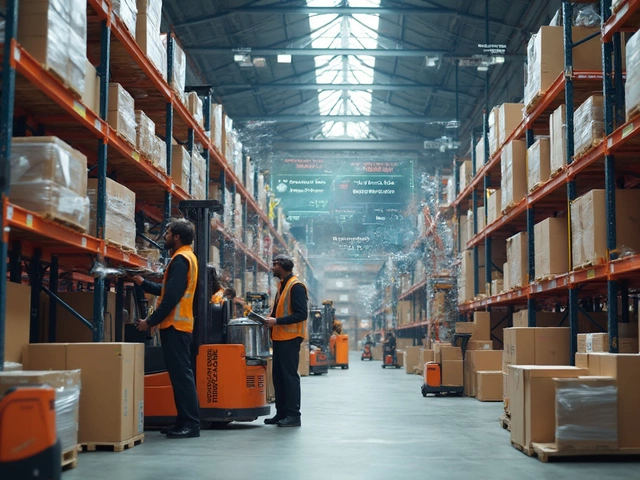3PL vs 4PL: Which One Is Right for Your Supply Chain?
Ever wondered why some companies talk about 3PL while others swear by 4PL? The terms sound similar, but the services they offer are miles apart. If you’re looking to move goods, cut costs, or simply get a handle on logistics, understanding the gap between third‑party and fourth‑party logistics is the first step.
What 3PL Actually Does
A 3PL (third‑party logistics) provider takes charge of specific tasks – usually transport, warehousing, or order fulfillment. Think of them as the hands that move your inventory from point A to B. You still keep control over strategy, inventory decisions, and overall network design. The biggest win? You pay for only the services you need, without hiring a full‑time fleet or warehouse staff.
Typical 3PL services include:
- Freight forwarding and carrier selection
- Warehouse storage and pick‑pack operations
- Reverse logistics and returns handling
- Basic technology platforms for tracking
This model works great for midsize firms that have a clear logistics plan but lack the scale to own every piece of the puzzle.
Why Some Companies Go All‑In with 4PL
A 4PL (fourth‑party logistics) steps in as the mastermind behind the entire supply chain. Instead of just handling transport or warehousing, a 4PL designs, manages, and optimizes the whole network. They coordinate multiple 3PLs, technology providers, and even your own in‑house teams.
Key traits of a 4PL partnership:
- End‑to‑end visibility across every shipment and inventory level
- Strategic planning, network redesign, and continuous improvement
- Advanced data analytics and AI‑driven forecasting
- Single point of contact for all logistics decisions
If you’re a large retailer, a brand with global sourcing, or a business that needs real‑time insight to stay competitive, a 4PL can turn logistics into a strategic advantage instead of a cost center.
So, which one should you pick? Ask yourself three quick questions:
- Do you have a solid logistics strategy already? If yes, a 3PL can fill the gaps.
- Do you need someone to redesign your whole supply chain? Then a 4PL makes sense.
- Are you ready to share critical data with a partner? 4PLs require deep integration, while 3PLs often work with limited data exchange.
In practice, many businesses start with a 3PL to test the waters, then graduate to a 4PL once they see the value of integrated, data‑driven management. The transition isn’t a one‑size‑fits‑all move; it hinges on growth goals, budget, and how much control you want to keep.
Bottom line: 3PL handles the “how” of moving goods, while 4PL owns the “why” and “where” of your entire supply chain. Pick the level of partnership that matches your current needs, and you’ll avoid paying for services you don’t use while gaining the flexibility to scale when you’re ready.
Ready to see which model fits your business? Talk to a logistics expert, map out your current processes, and let the data guide your decision.
March 2, 2025
Evelyn Wescott
0 Comments
Amazon has become a massive player in logistics, making it crucial to understand whether it operates as a Third-Party Logistics (3PL) provider or a Fourth-Party Logistics (4PL) provider. By delving into the intricacies of Amazon's logistics operations, we can discern how their services stack up against typical 3PL and 4PL models. From warehousing solutions to complex supply chain management, Amazon's involvement showcases a unique blend of both structures. This article helps decode Amazon's role beyond just an online marketplace.




